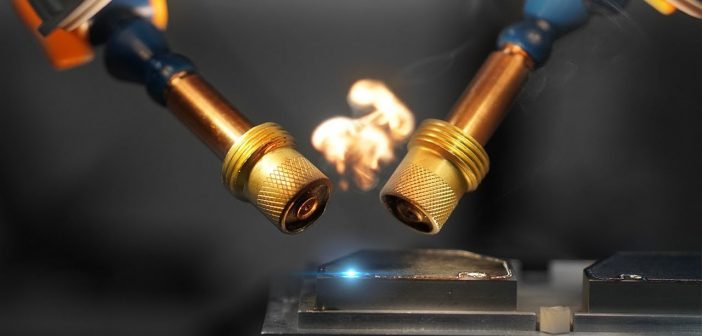A hermetic seal is just another fancy term that is given to a sealing process that makes an object airtight thus keeping the content inside the object safe from the ill-effects of the environment. It can also be used as a form of containment for the content inside the hermetically sealed object from leaking out into the environment.
Hermetic sealing, on the other hand, is the intricate process of creating an object – which is mostly a container that is completely air-tight.
Types of Hermetic Sealing
There are various types of hermetic seals and the variations are there to suit the needs of users who want to use them in a plethora of settings.
With that stated, let us take a closer look at the variations of hermetic seals in the following sections now, shall we!?
Glass-to-metal hermetic seals
As the name suggests –
This is a type of hermetic seal that is created when the glass is attached to a metallic surface thus creating an air-tight condition. It is primarily used to manufacture items like incandescent bulbs.
Glass-to-metal hermetic seals are further subdivided into –
- Matched hermetic seals: Matched hermetic seals are created using glass and metal that comes with the same coefficient of thermal expansion. These seals are not ideal for working in high-pressure working conditions.
- Compression hermetic seals: Compression hermetic seals are stronger than the types of hermetic seals mentioned above. These seals are completely capable of remaining operational even in conditions where factors such as pressure and mechanical stress are very high!
Ceramic-to-glass hermetic seals
Ceramic-to-glass hermetic seals are often used as an alternative to glass hermetic seals. This type of hermetic seals is known for its ability to withstand high-pressure operational conditions.
Epoxy hermetic seals
Hermetic seals that are manufactured using epoxy resins that are primarily used to seal metallic items made of brass, copper and the likes are called epoxy hermetic seals.
This type of hermetic seal is known for its capability to remain operational even in working conditions where temperature variations are wide and frequent.
Applications of hermetic seals
Well, hermetic seals find extensive applications in a wide range of sectors.
For instance –
Hermetic seals are used to manufacture:
- Semiconductor electronics
- Thermostats
- A wide range of optical devices
- MEMS or Micro Electro Mechanical Systems
- Switches
One may or may not wonder why electronic and electro-mechanical components need to be hermetically sealed.
Well, the reason is simple –
Electronic and electromechanical components are very sensitive and can lose their efficiency or can completely break down when foreign particles or moisture finds their way into them.
The hermetic sealing process is also used to keep documents of historical importance safe.
It should be kept in mind that ideal hermetic seals are achieved when induction heat is used in the process. Using induction heating creates hermetic seals that are tamper-proof. This type of hermetic sealing process finds extensive application in sensitive areas like the medical sector that uses this process to create tamper-proof hermetic seals in ampoules.




